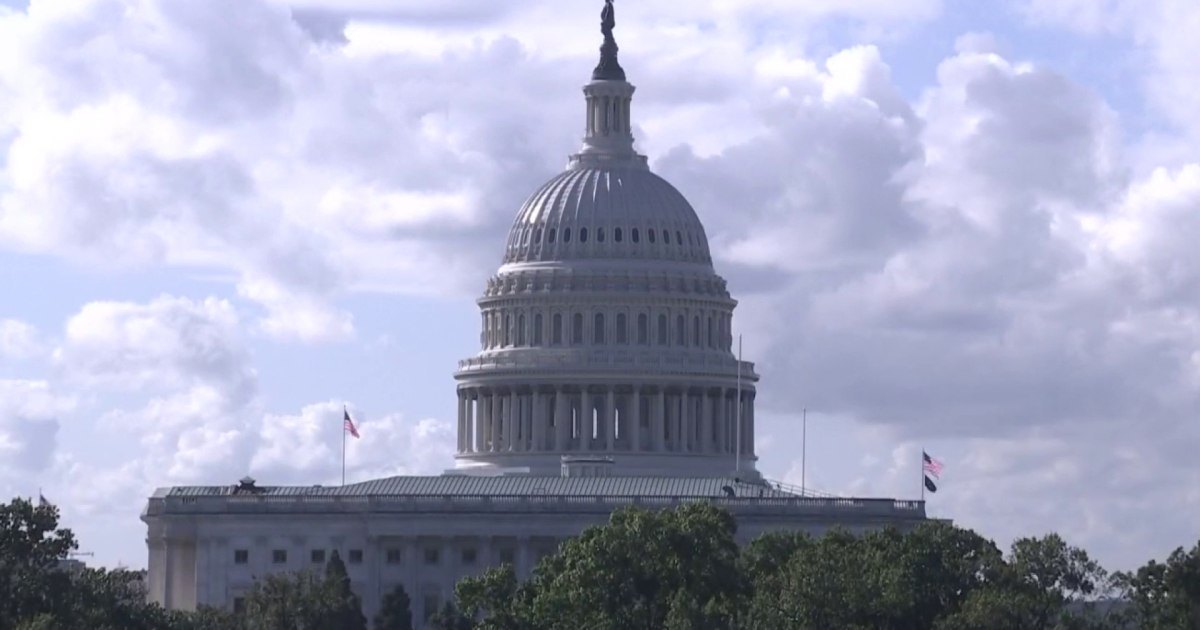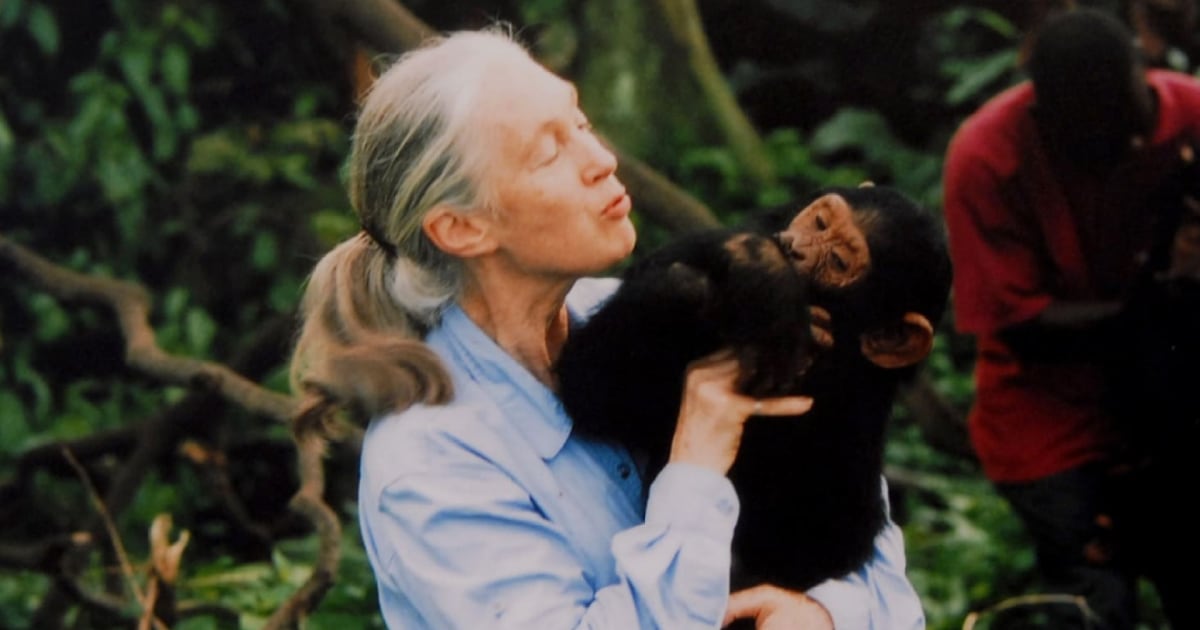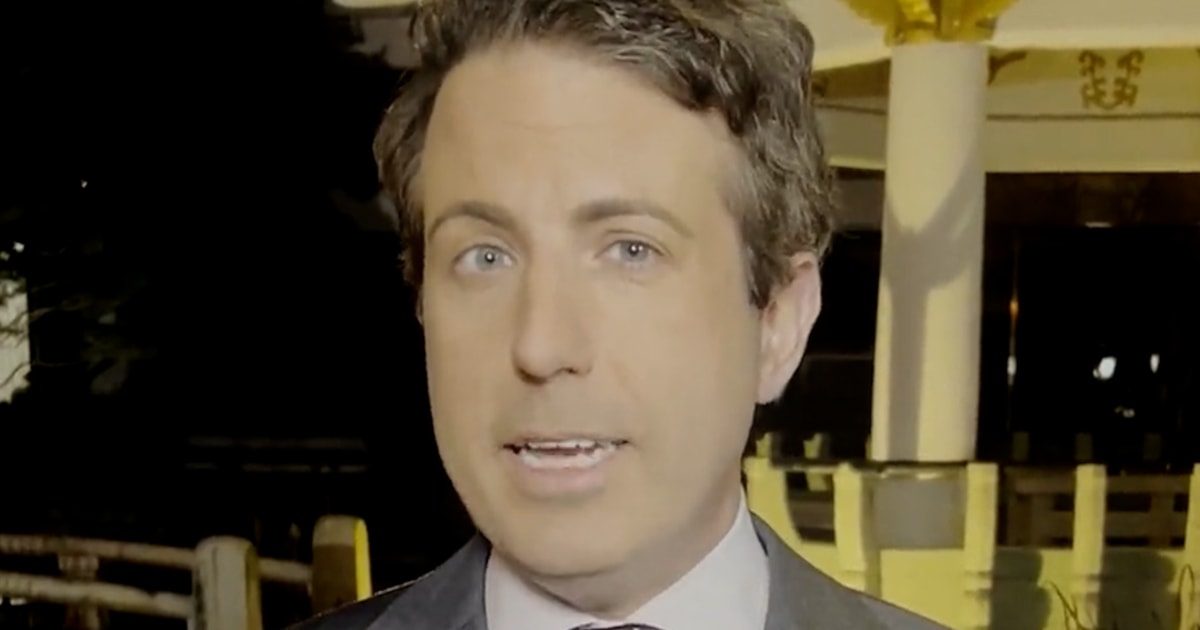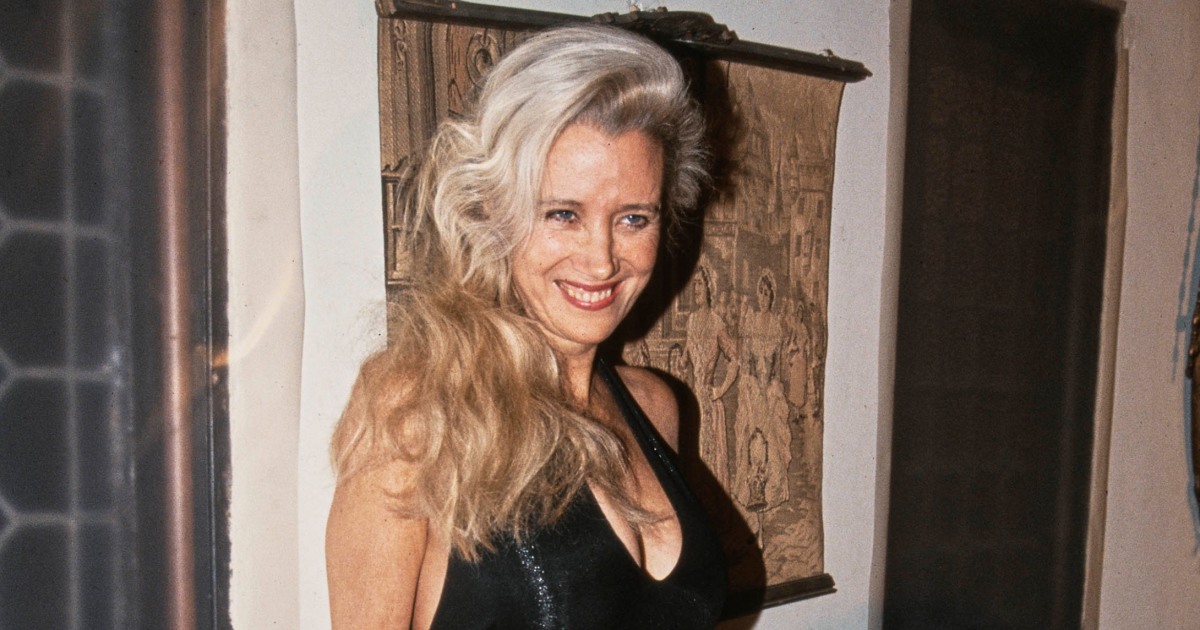President Trump tells OAN he “didn’t want” a government shutdown and warns of potential firings. NBC News’ Melanie Zanona reports on what programs Trump could target and how GOP leadership is reacting.
Source link
Trump touts government shutdown as an 'unprecedented opportunity' for cuts




